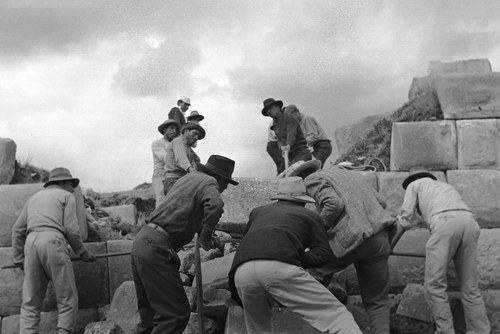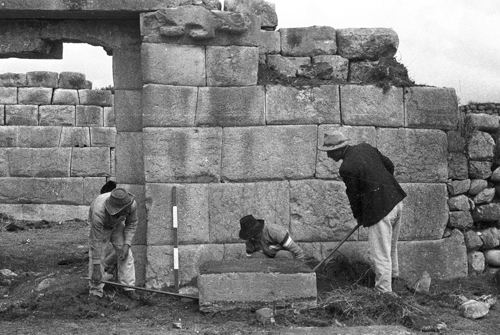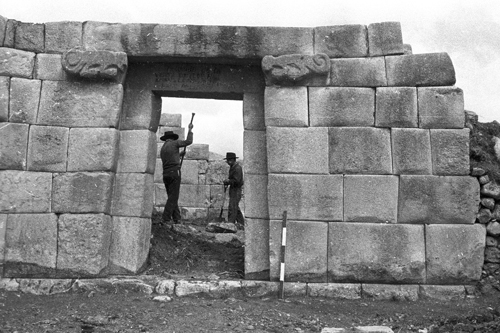Rebuilding the Inca Past
“To restore an edifice does not mean to maintain, to repair or to remake, but to reestablish it in a complete state such as might never have existed at any given moment” (Eugène-Emmanuel Violette-le-Duc, Dictionnaire raisonné de l’architecture français de XIe au XVIe siècle [1854-1868] s. v., translation by Michael Camille).
The splendid Inca city of Huánuco Pampa stands on an isolated high plain some 800 kilometers by air northwest of Cusco. Today its stone walls seem to have withstood both the shock of earthquakes and the depredations of time. This is a carefully crafted illusion.
Although Huánuco Pampa was once the economic, social, and ritual center for thousands of people, less than a decade after the Spanish conquest of the Andes it was all but abandoned to ranching, its great halls converted to corrals, while cattle grazed on its plaza, around the sacred platform called ushnu by the Incas. Successive travelers, from the 1840s until the 1960s, commented that the site was being progressively and literally deconstructed, its stones recycled into other building projects.
This process may have continued uninterrupted, had it not been for John Victor Murra, an anthropologist and visionary who, as others before him, from Voltaire in the eighteenth century to Peruvian Marxist José Carlos Maríategui in the twentieth, saw the Incas as an ideal society that provided perfectly for human needs, both physical and spiritual. To Murra Huánuco Pampa was a Holy Grail, a key to understanding the Inca, who had left no alphabetic records.![]()




